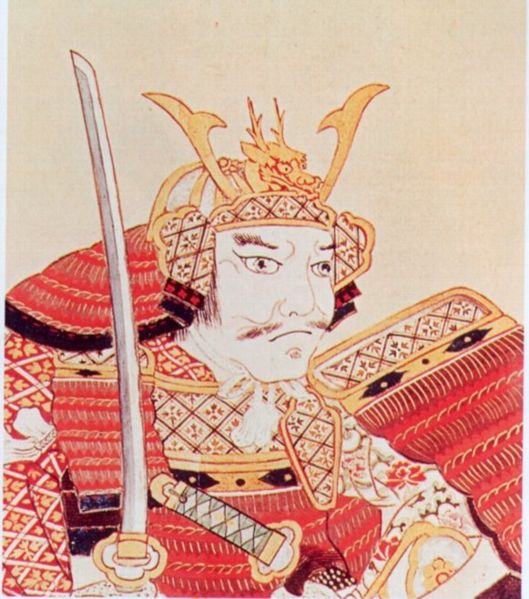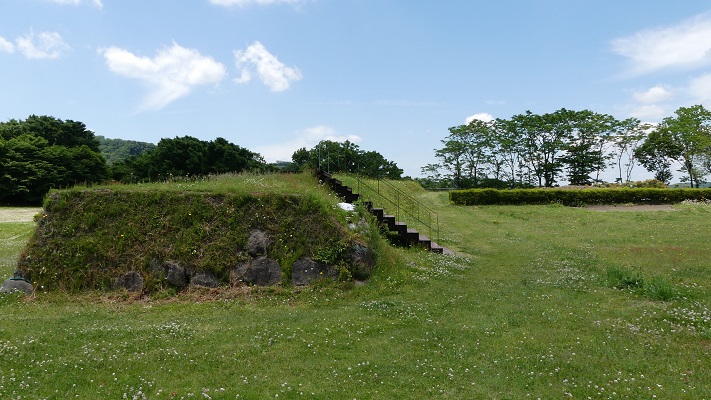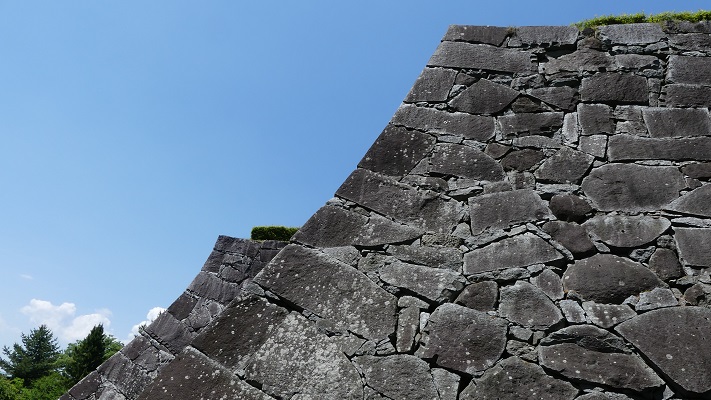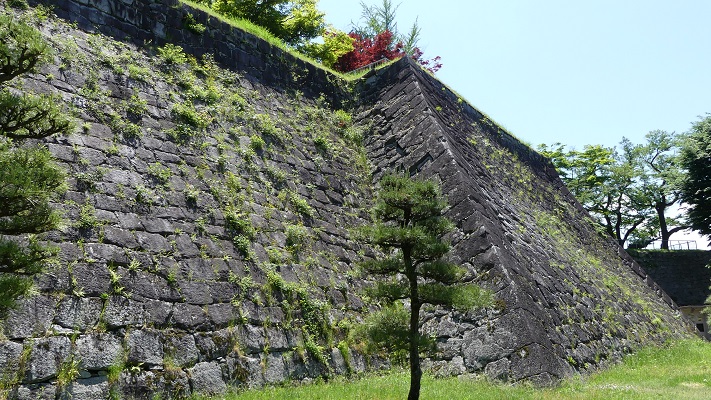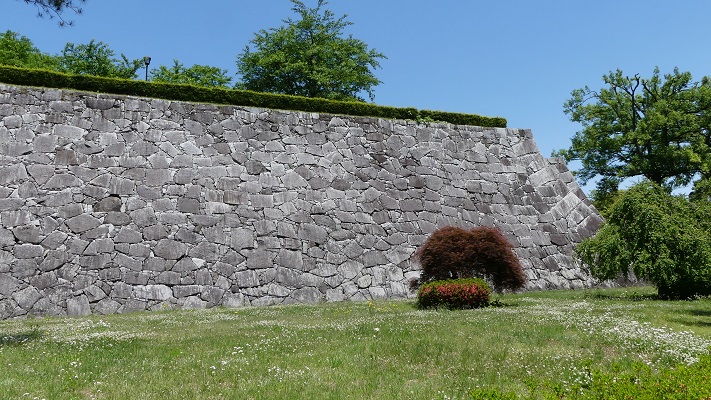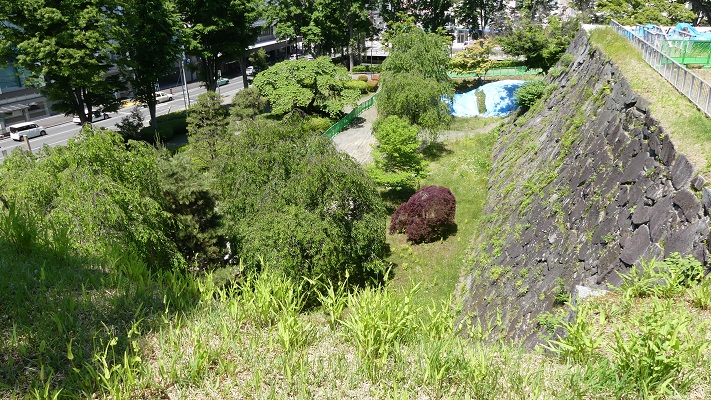「戦国自衛隊」がいるので、本丸の一部だけが公開されています。
Part of Honmaru is open because of “G.I.Samurai”.

Location and History
新発田城は、現在の新潟県北部、新発田市に属する平地にありました。中世に新発田氏が最初にこの城を築いたと言われています。戦国時代に織田信長が天下人となったとき、新発田重家は信長と協調し、主君である上杉景勝に対して反乱を起こそうとしました。彼はほとんど成功しかかったのですが、その前に信長は配下の明智光秀に殺されてしまいます。景勝は、今度は信長の後継者である豊臣秀吉と組んで重家を攻撃しました。重家は、ついには新発田城近くの浦城という山城で滅ぼされました。
Shibata Castle was located on a plain area which now belongs to Shibata City in the northern part of Niigata Pref. It is said that the Shibata clan first built the castle in the Middle Ages. When Nobunaga Oda became the ruler of Japan in the Warring States Period, Shigeie Shibata attempted to rebel against his master Kagekatsu Uesugi with Nobunaga. He was mostly successful, but Nobunaga was killed by his man, Mitsuhide Akechi before it happened. Kagekatsu assaulted Suigeie with Nobunaga’s successor Hideyoshi Toyotomi instead. Shigeie was finally beaten at a mountain castle called Ura Castle near Shibata Castle.

溝口秀勝がこの地域の領主として据えられました。彼は、本拠地として新発田城を大改修することにしました。改修後は、この城は三階櫓をシンボルとし、その他の櫓や大型の門を曲輪に築き、石垣や水堀に囲まれていました。以前の城がどうであったのかわからないほどです。
Hidekatsu Mizoguchi was placed as the lord of this area. He decided to renovate Shibata Castle as his home base. After the renovation, the castle had a three-layer turret for the symbol, several other turrets, and large gates on enclosures surrounded by stone walls and water moats. No one knew what it was really like.
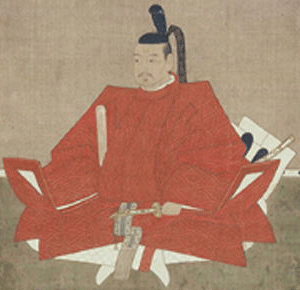
また、城周辺の区域は湿地帯になっており、敵の攻撃を防ぐようになっていました。溝口氏は江戸自体を通じてこの城を統治しました。城は火災や地震などの災害の被害を受けましたが、そのたびに修復されました。
The area around the castle was also waterlogged which could prevent an enemy’s attack. The Mizoguchi clan governed the castle all through the Edo Period. The castle suffered from disasters like fires and earthquakes, but was restored each time.
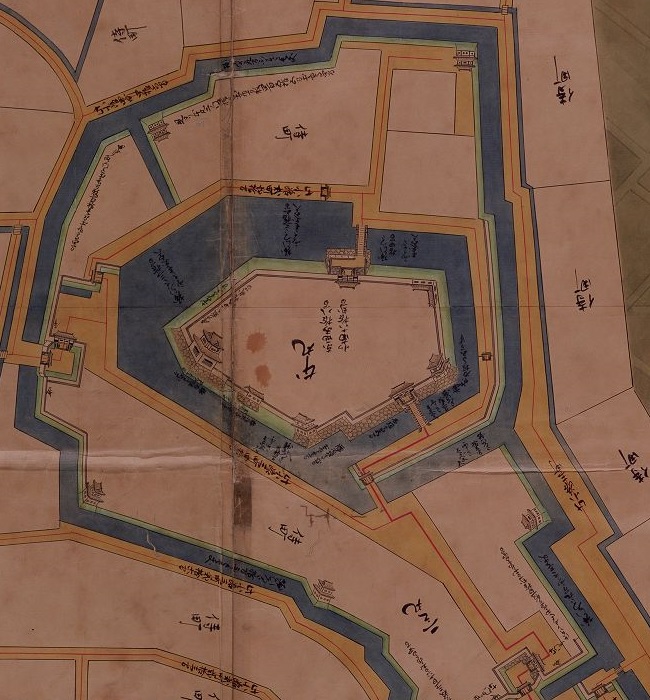
特徴~Features
現在、本丸の一部分の区域が新発田城址公園として一般に公開されています。本丸表門と二の丸隅櫓が今に残っています。新潟県内では唯一現存する城郭建築となります。隅櫓は最近になって現在の場所に移されてきました。
Now, part of the Honmaru enclosure area is open to the public as Shibata Castle Ruins Park. The Honmaru Front Gate and the Ninomaru Sumi Turret remain. They are the only remaining castle buildings in Niigata Pref. Sumi Turret was moved from the Ninomaru enclosure to the present place recently.


他の現存構築物の中では、本丸の南西側の石垣が精巧で且つ美しいとされています。この石垣は、1669年の寛文地震の後に再建されたもので、切込はぎと布積み(四角によく加工された石を水平に積んでいく)と呼ばれるその当時としては進んだ方法が使われています。
Among other remaining structures, the Honmaru southwest side stone walls are elaborate and beautiful as they were rebuilt after the 1669 Kanbun Earthquakes with an advanced way at that time called Kirikomihagi and Nunodumi (piling well processed square stones horizontally).
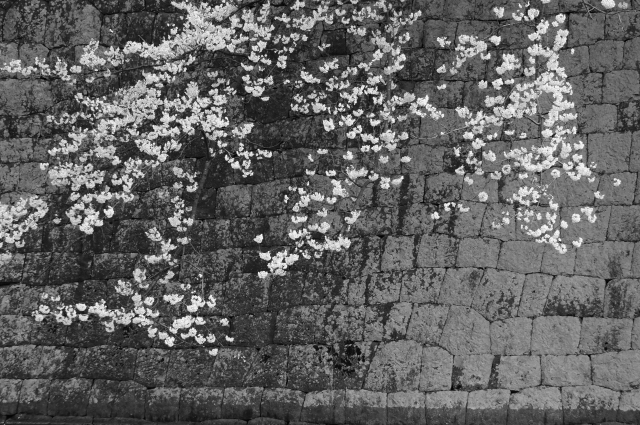
2つの櫓が現代になって復元されました。そのうちの一つは三階櫓で、最初建てられてときの工法で復元されました。
Two turrets were restored in the present days. One of them is the three-layer turret restored in the original way.
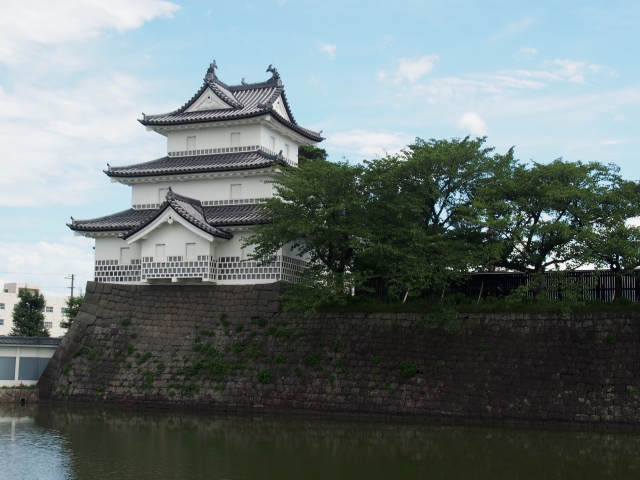
しかし、残念なことに一般には公開されていません。なぜなら自衛隊の敷地内に建てられているからです。実際、城跡の敷地のほとんどの部分は自衛隊が使用しているのです。
But unfortunately, it is not open to visitors, because it is located within the Japanese Self Defense Force grounds. Actually, most of the ground of the castle ruins is used by the SDF.
その後~Later Life
明治維新後、多くの建物が撤去されました。新発田町は早くから日本陸軍に対して城跡を基地として使ってもらうよう要請してきました。この田舎の小さな町にとって、繁栄のための資源を維持する必要があったのです。軍施設は城跡において1871年から1945年まで運用され、町に雇用と警備体制を供給しました。1874年に木造で作られ、白壁兵舎と呼ばれる兵舎が今に残っています。その建設にあたっては、城の建物の廃材が再利用されていたことが最近判明しました。
After the Meiji restoration, many buildings were demolished. Shibata Town asked the Japanese Army to use the ruins as their base early. This local small town needed to keep their resources for prosperity. The Army ran the ruins between 1871 and 1945, and offered the town jobs and security. There is a remaining barrack called White Wall Barrack which was built in wooden style in 1874. It is recently found that the waste materials of the castle buildings were reused for the construction.
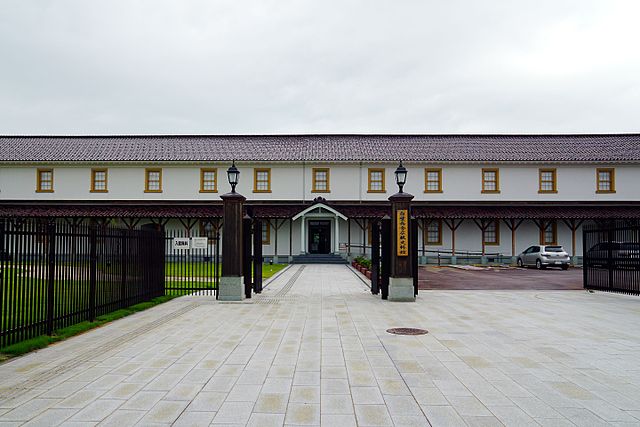
第二次世界大戦後、城跡は一時学校に転用されました。ところが自衛隊が設立されたとき、町は再び城跡を使ってもらうよう申し入れたのです。自衛隊は1953年以来、この町に定着しています。このことは、地域と軍隊の結びつきを示す一例とされています。
After World War II, the ruins were once turned into a school. However, when the SDF was founded, the town asked them to use the ruins again. SDF has been settled in the town since 1953. The fact shows an example of the relationship between the town and the army.
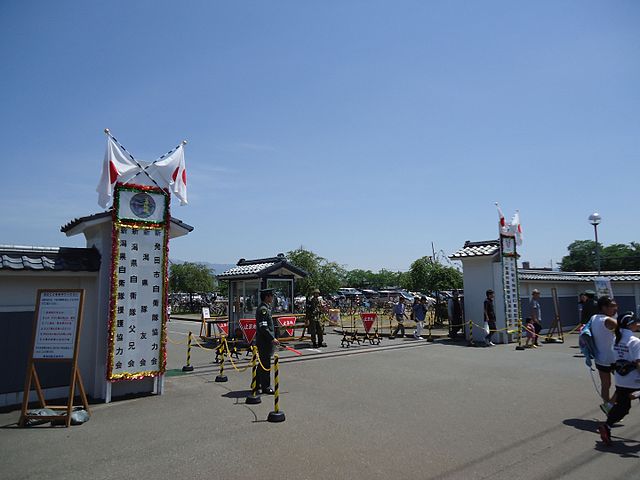
私の感想~My Impression
ここの城跡を見るのにいくらかの不便がある一方、多くの人たちが城と軍隊の対照を見て、日本映画の「戦国自衛隊」のようだと言います。この映画は、もし自衛隊が突然戦国時代の世界に放り出されたら何が起こるかという想像の物語です。この城跡のイメージがこの映画とマッチしているようです。
While there is some inconvenience to see the ruins, many people say that the contrast of the castle and the army looks like a Japanese movie “G.I.Samurai”. The movie is a story of the imagination about what would have happened if SDF were suddenly thrown in the world of Warring State Period. The image of the castle ruins area matches the movie for the people.

更には、現在の日本で軍隊が城跡の真ん中を今だ使っている例は稀と言えます。白壁兵舎は現在博物館として一般に公開されています。そこでは、新発田の軍隊の歴史とともに、どのように城の廃材が使われたのかがわかる展示があります。これらを見ると、新発田城のもう一つの歴史がずっと続いていると実感します。
In addition, it is very rare that an army still uses a center of castle ruins in present Japan. The White Wall Barrack is now open to visitors as a museum. It exhibits the history of the army in Shibata as well as the evidence about how the waste materials of the castle were used. They show that another history of Shibata Castle is continuing..
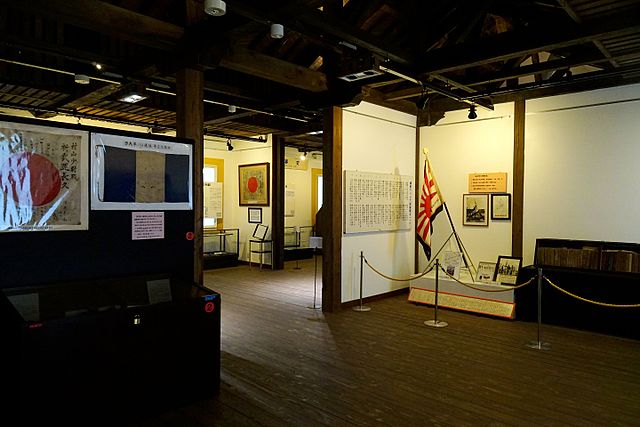
ここに行くには~How to get There
JR新発田駅から歩いて30分近くかかります。
東京から新発田駅まで:
上越新幹線に乗り、新潟駅でJR白新線に乗り換えてください。
車で行く場合:日本海東北自動車道聖籠新発田ICから約10分です。城址公園に駐車場があります。
It takes nearly 30 minutes From JR Shibata station to get there on foot.
From Tokyo to Shibata st.:
Take the Joetsu Shinkansen superexpress to Nigata station, and transfer for JR Hakushin line.
If you want to go there by car: It takes about 10 minutes from the Seirou-Shibata IC on Nihonkai-Tohoku Expressway. The ruins offer a parking lot.
リンク、参考情報~Links and References
・しばた観光ガイド~Shibata Tourism Guide
・「甲信越の名城を歩く 新潟編」吉川弘文館(Japanese Book)
・「列島中央の軍事拠点(地域のなかの軍隊)」吉川弘文館(Japanese Book)
・「戦国自衛隊」半村良著、角川文庫(The original story of the movie “G.I.Samurai”)



